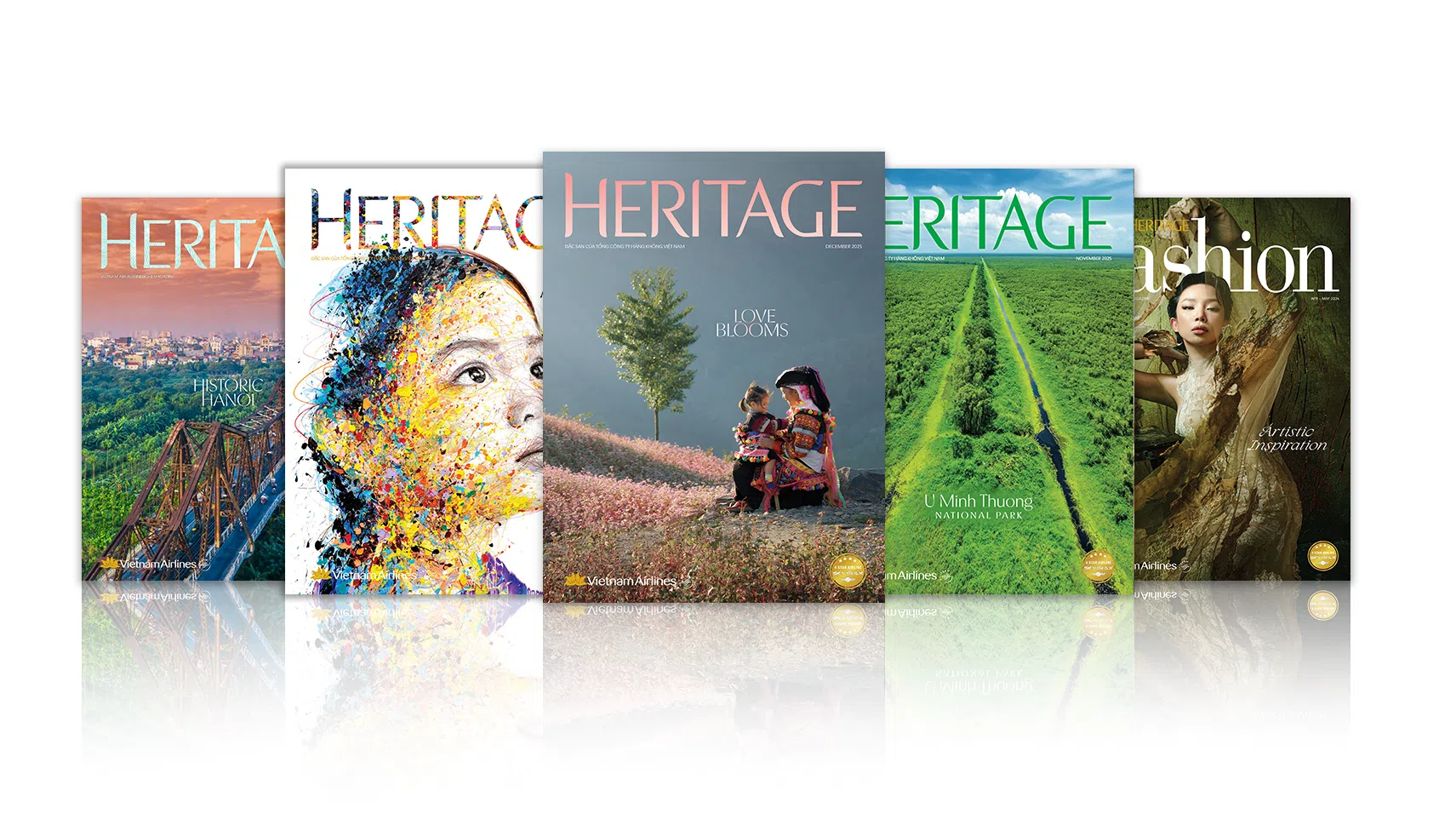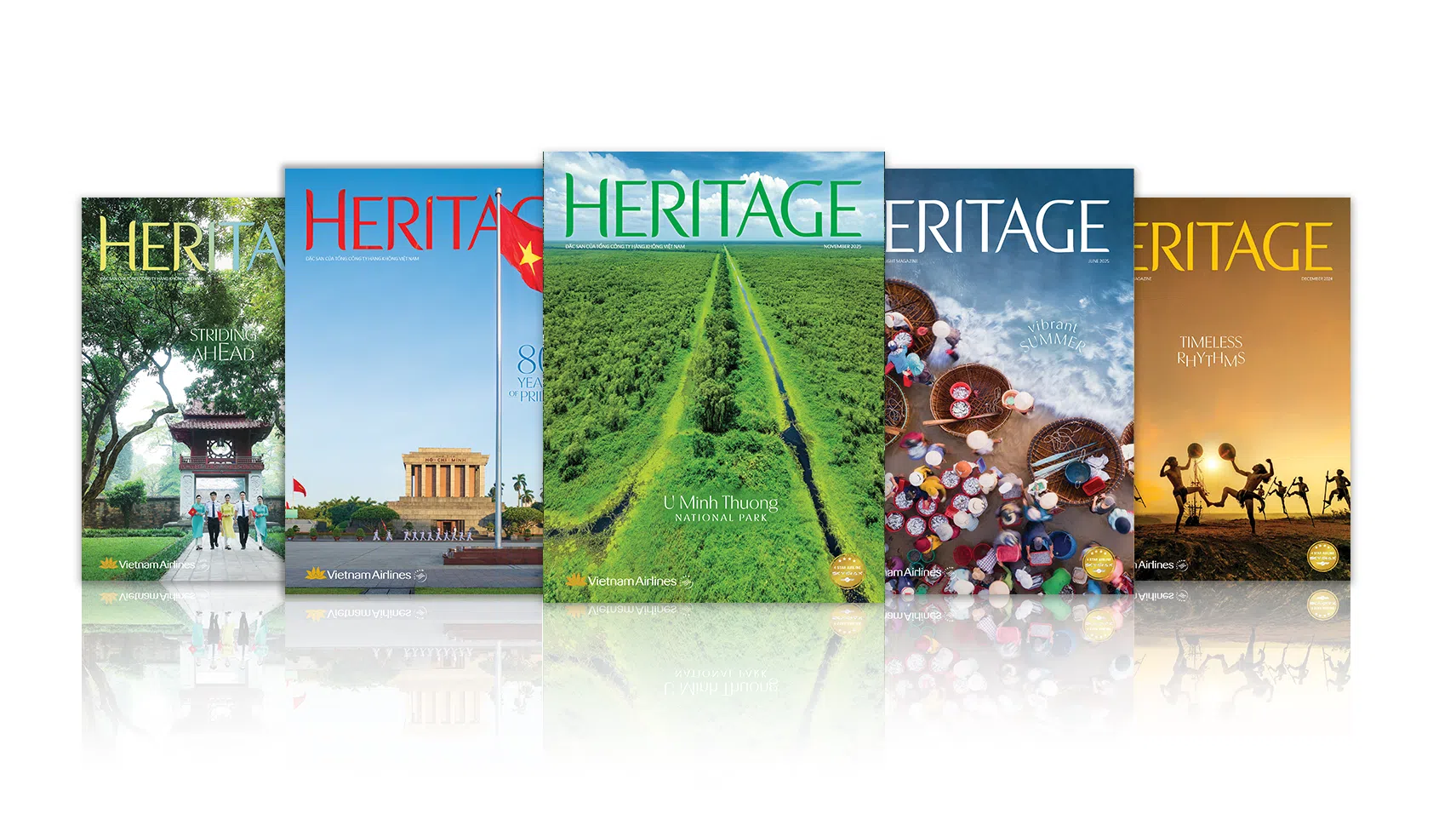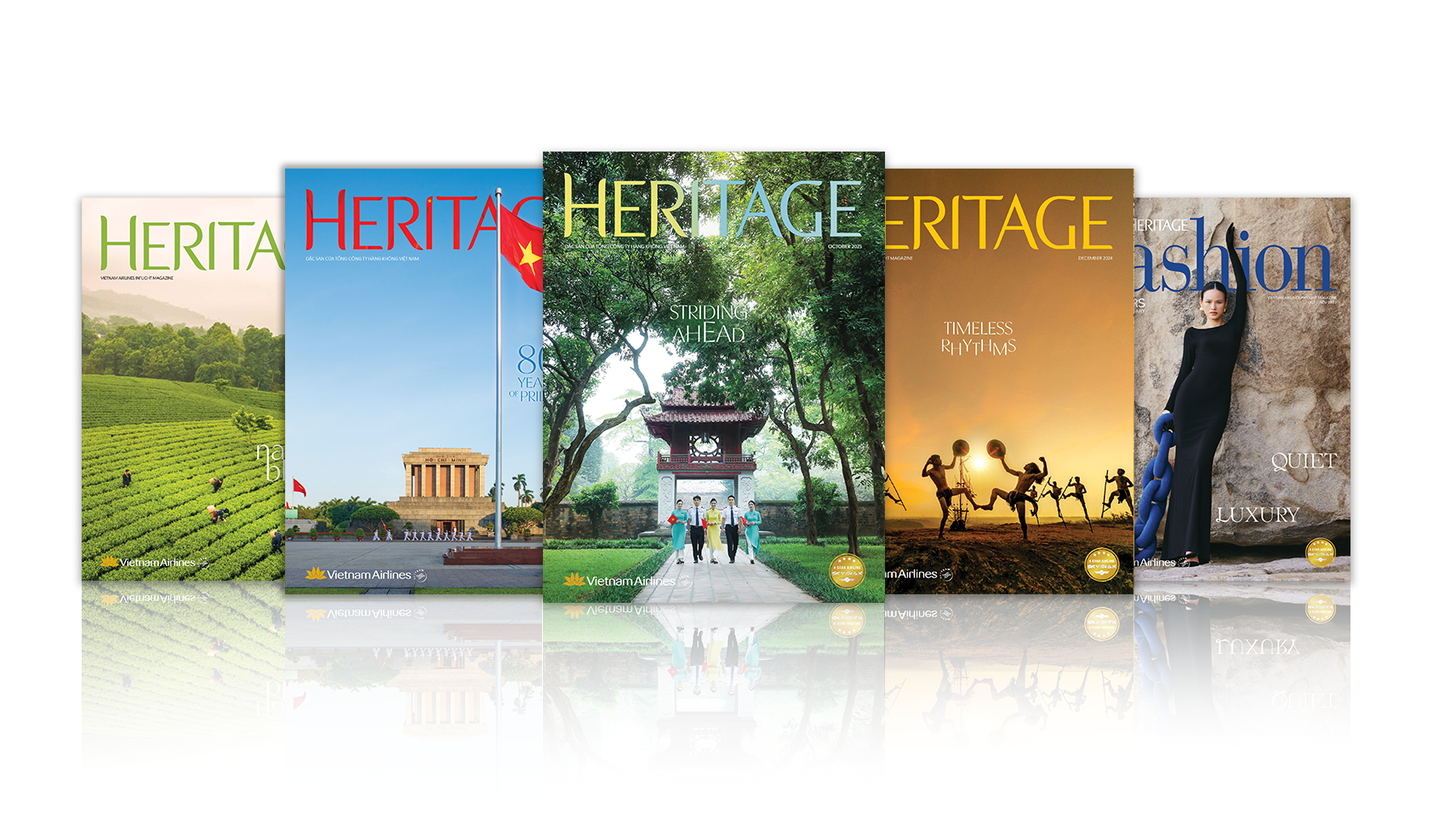Cao Ky Nhan
On the sunny, windswept coast of Central Vietnam, Phu Yen is known for its simplicity and vitality. Beyond its majestic natural landscapes, the region carries the imprint of a rich maritime culture, shaped by the daily lives of fishermen long bound to the sea, their nets, and their boats. In the harsh realities of life at sea, the basket boat—or coracle—has become an indispensable companion for coastal fishermen.
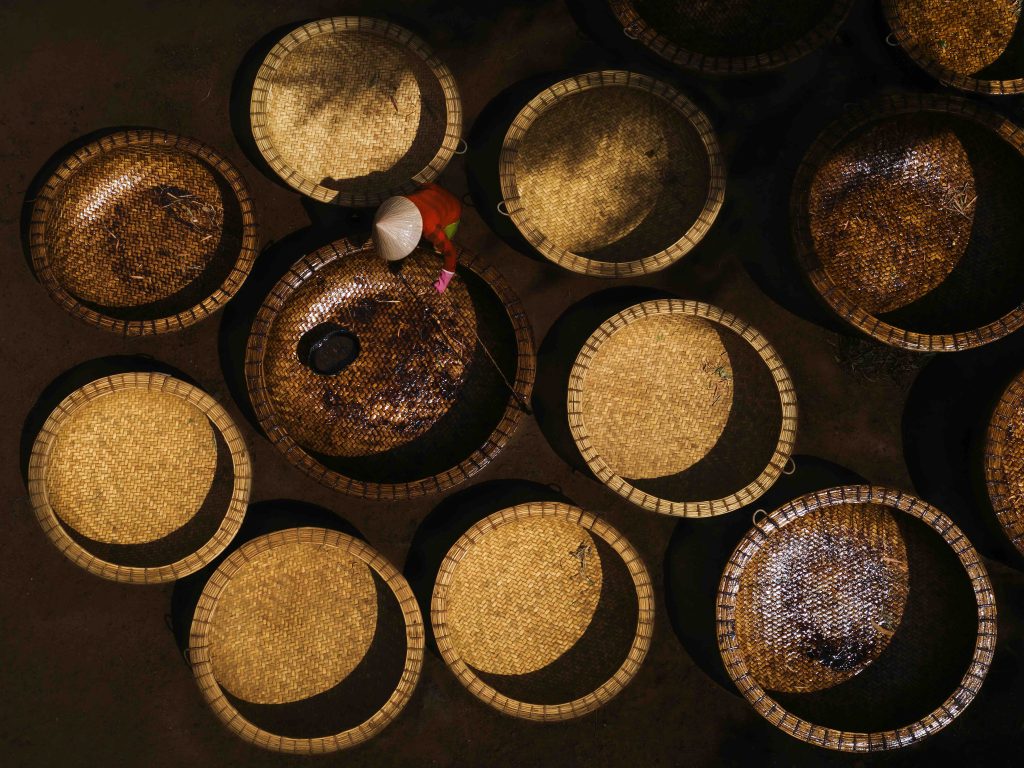
This small, humble, round boat tells a long story of creativity, craftsmanship, and the resilience of coastal communities. Serving as both a mode of transport and a vessel for near-shore fishing, coracles are common in many fishing villages. In Phu Yen, the craft of making coracles endures like an underground current beneath life’s modern rhythms. The craft remains alive in coastal areas such as An Dan Commune (Tuy An District) and Xuan Hai Commune (Song Cau Town). At its peak, hundreds of households in Phu Yen were involved in this craft. Today, however, the number has declined with the rise of boats made from composite materials.
During a visit to Tuy An, we stopped by a coracle workshop run by a husband and wife, Trung and Kieu. In their home’s sunlit courtyard, boats gradually took shape under their careful, practiced hands. The atmosphere was quiet and serene—free from noise or rush—filled with the patience and dedication of those committed to preserving a traditional craft slowly fading with time.
They explained the process of crafting a coracle, using bamboo as the primary material, carefully selected from old, sturdy bamboo plants. After being split, the bamboo is sorted: thinner strips are used to weave the body, while thicker pieces form the frame. All materials are sun-dried before being used for boat-building.
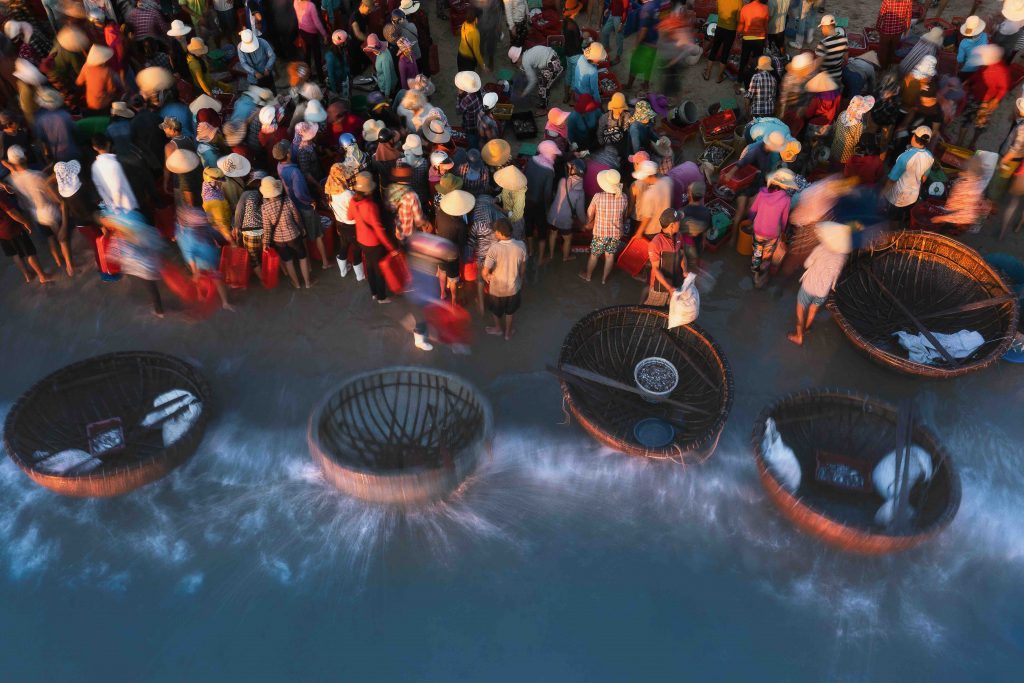
A round bamboo mat, tightly woven from thin strips, is placed in an earthen pit and shaped to the desired size. The artisan presses the mat firmly against the walls of the pit, neatly trims the edges, and bends larger bamboo strips to form the coracle’s outer frame, a step that requires skill and physical strength. Forming a perfect circle, the curved bamboo strips are securely fastened with nylon cord.
We were surprised to learn that the artisans seal the gaps between the bamboo strips by applying cow dung. Often regarded as waste, this material is inexpensive, easy to find, and offers excellent adhesive properties. Once the surface is coated with this mixture, the boat is left to dry under the sun, allowing the sealant to harden. The final—and most crucial—step is the application of Dipterocarpus alatus resin, a natural resin extracted from the Dipterocarpus alatus tree. This resin acts as a waterproof layer and gives the boat its glossy finish. Thanks to this protective coating, the coracle remains sturdy, waterproof, and buoyant.
The coracle is not merely a fishing tool. With its unique round shape and remarkable stability, it has become a symbol of Vietnam’s seafaring culture. Whether it is used for nearshore fishing, transporting gear, ferrying fishermen offshore, or in lively coastal festivals, the coracle holds a special place in the hearts of coastal communities. In Phu Yen, as well as meeting local demand, coracles are shipped across Vietnam and exported to various countries, including Japan, South Korea, Malaysia, and Switzerland.
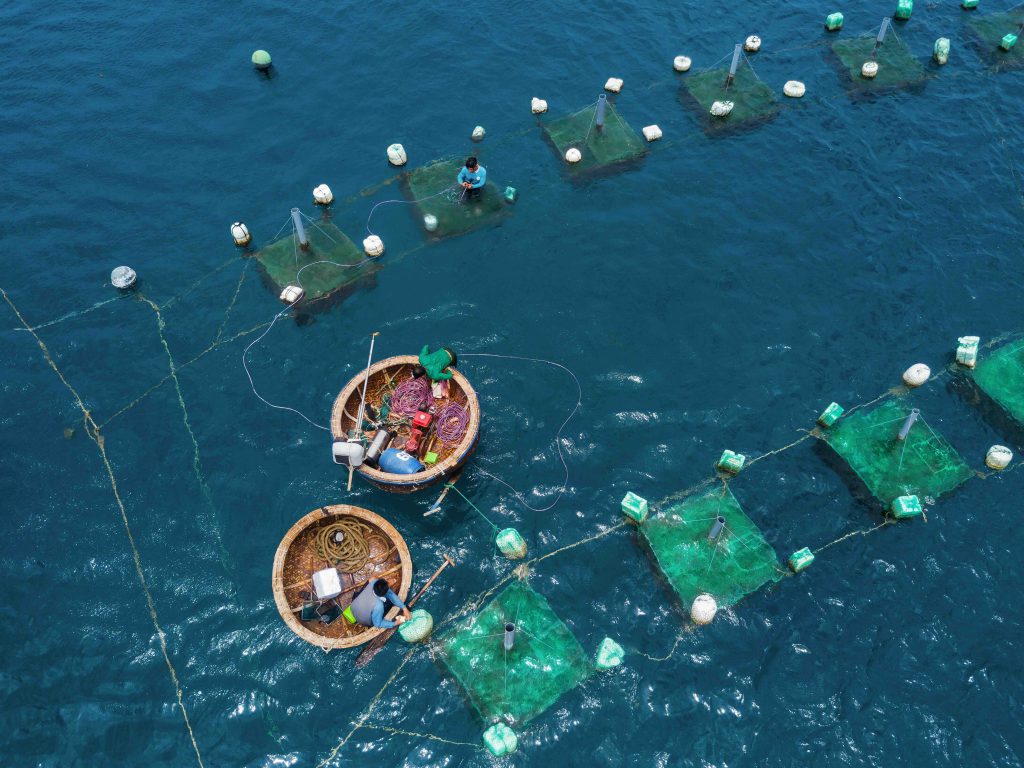
Today, despite the pressures of industrialization and modernization, Phu Yen’s traditional craft of coracle-making endures with resilient vitality. Each finished boat is not only the product of creative skill and patient labor, but also a testament to the local community’s dedication to preserving and celebrating their cultural heritage.
If you ever have the chance to visit Phu Yen, don’t spend all your time enjoying the wild beauty of O Loan Lagoon and Ganh Da Dia’s seaside rock formations. Take time to seek out a coracle workshop, where you can hear the gentle clatter of local craftsmen shaping bamboo and feel the simplicity, sincerity, and pride of those who have devoted their lives to this traditional craft.







